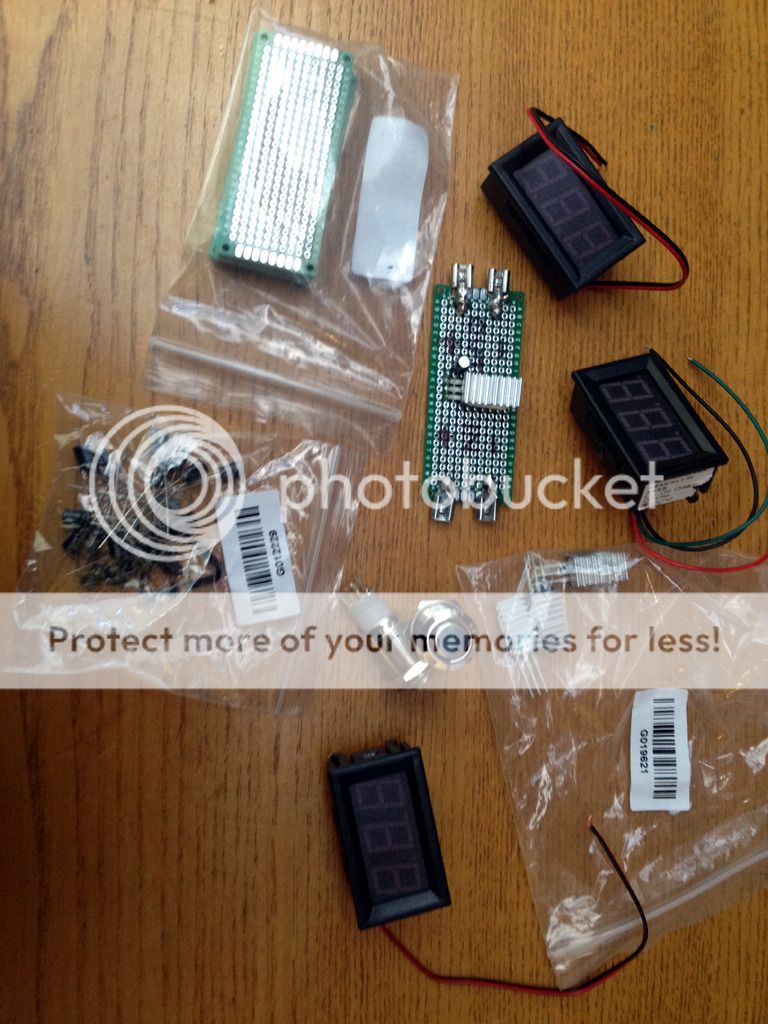waldamar
Well-Known Member
- Posts
- 885
- Location
- Suffolk - Holy Trinity County
If it's the original gauge it is suspect number one, followed by sender then wiring.............. bin the lot, avoid another [no doubt Chinese] electrical gauge and get a traditional, mechanical gauge made by Durite or Tim - £30.00 or so, done job and suits the vehicle.......................... good luck, you're symptoms suggest dodgy gauge rather than overheating motor - does the heater run hot? [as hot as a LR heater can!] If so all is probably fine............

